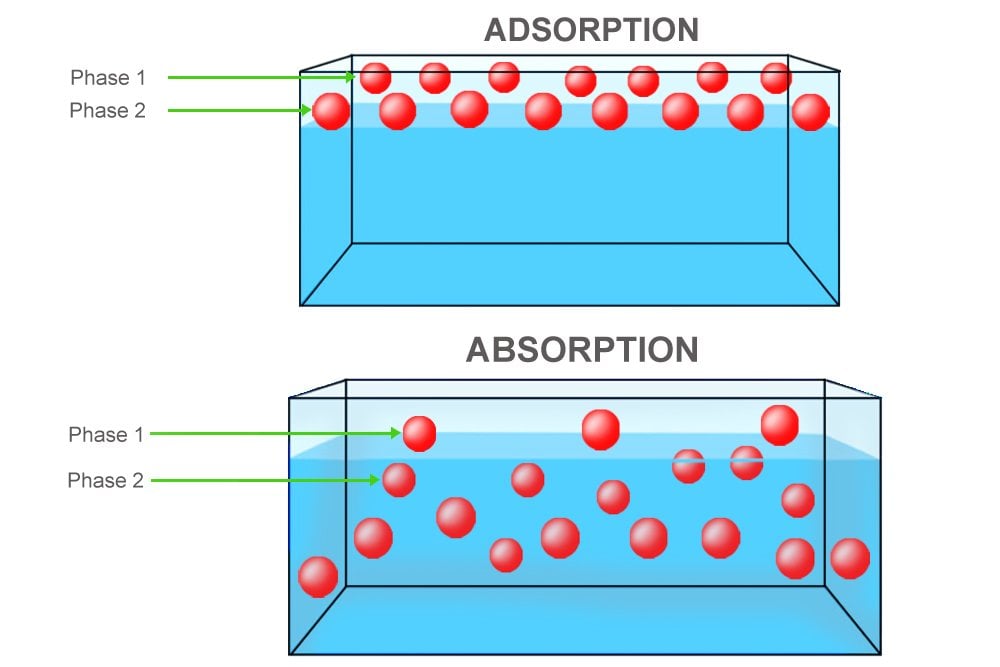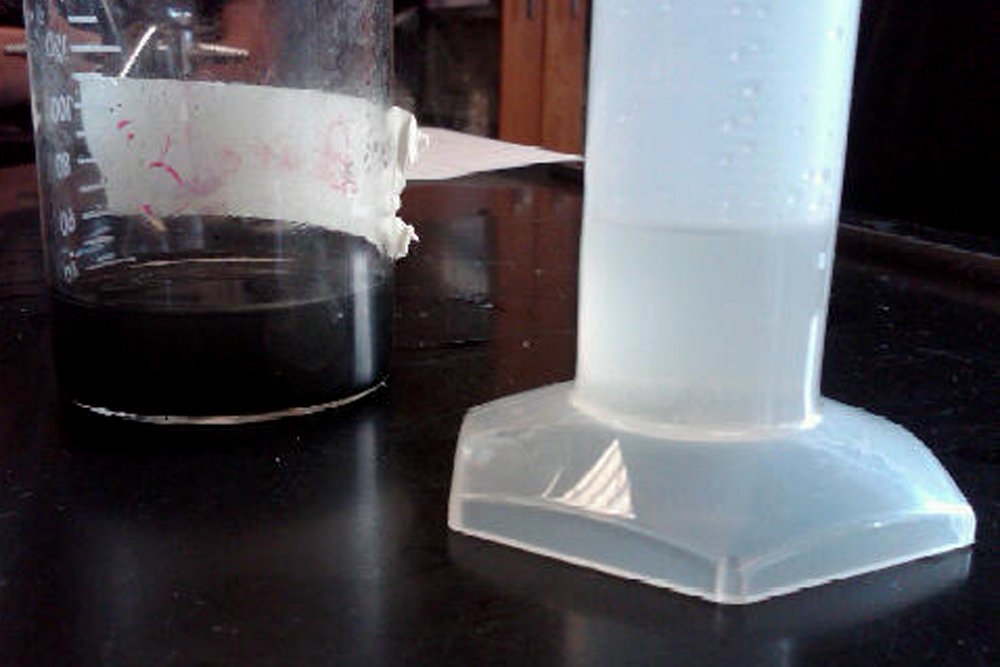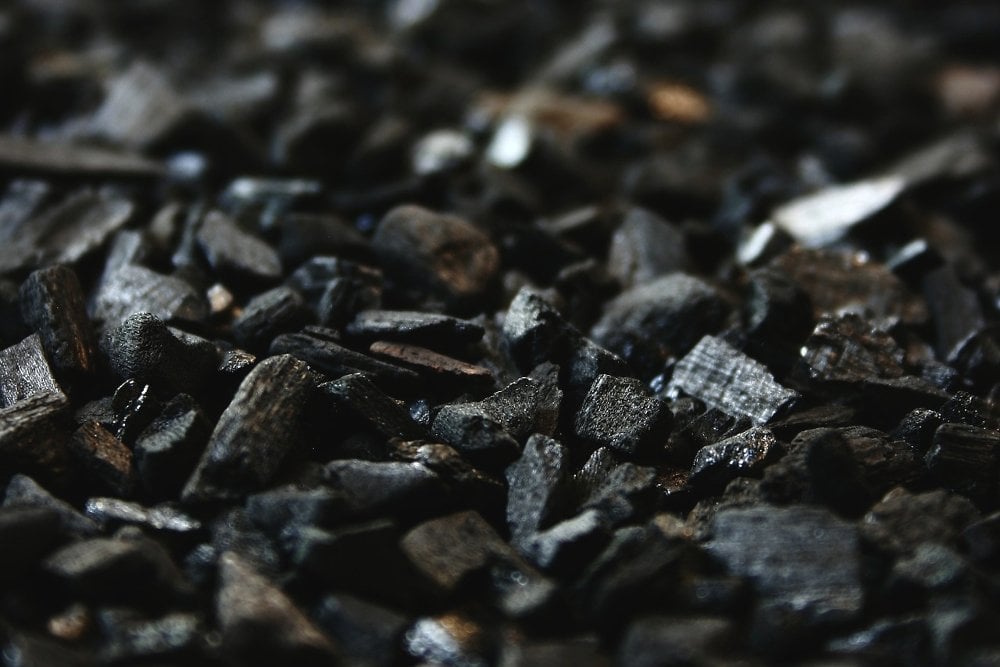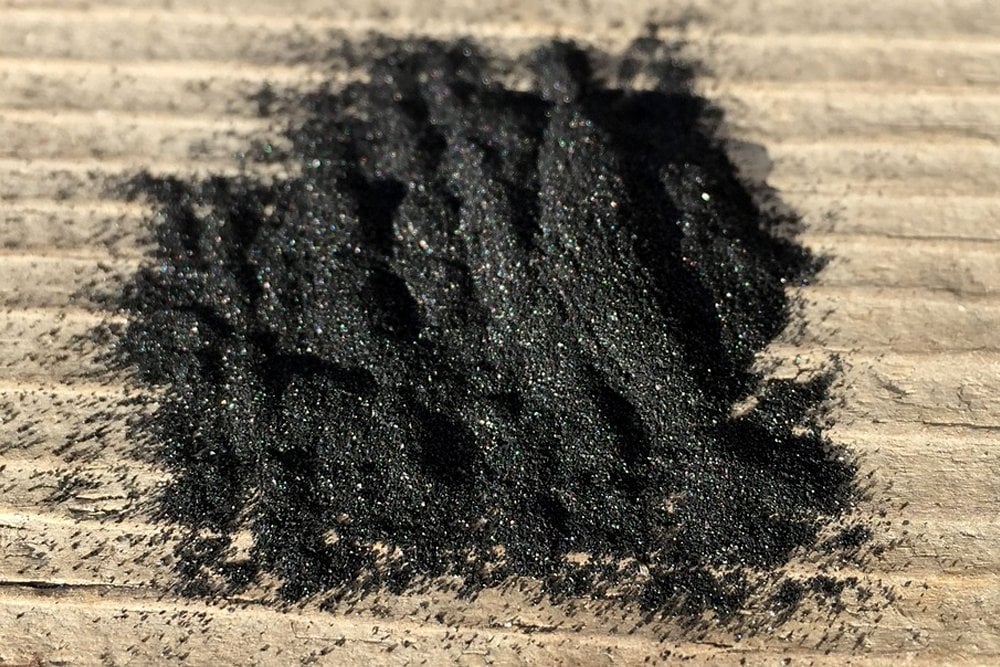How To Use Charcoal To Purify Water
How Does Activated Charcoal Purify Water?
Updated on: 8 Jul 2022 by Akash Peshin
Activated charcoal purifies water by adsorbing impurities onto its surface. Its big expanse allows information technology to adsorb a diversity of impurities, including organic and inorganic compounds. However, it is not constructive against all impurities, and the charcoal must be replaced periodically.
For those who haven't witnessed charcoal work its magic, try this: Get-go, fill up two jars with h2o. To both jars, add food coloring and stir the mixtures thoroughly. Next, add together 2-3 spoonfuls (or more than depending on the size of the jar) of powdered charcoal to i jar. Let the jars sit for at least two days.
The issue? After 2-3 days, you volition notice that the jar fed with charcoal to be about as transparent equally information technology was subsequently the starting time step. It would announced that the charcoal has captivated the food coloring, thereby "purifying" the water. However, how does the charcoal reach this?
Recommended Video for you lot:
Activated Carbon
Firstly, charcoal doesn't absorb, but adsorb impurities. In that location's a crucial divergence. While absorption is the process in which substances dissolve or are vacuumed in an absorptive's volume, adsorption is the process in which substances merely adhere to an adsorbent's surface. They don't seep inside, just they are instead stuck and restricted to the adsorbent's surface. Sponges blot, charcoal and gel adsorb.

Charcoal'due south ability to purify substances has been reported to exist employed as early as several millennia agone when Egyptians used it to eliminate certain undesirable elements in the process of manufacturing bronze.
The reason why charcoal is such a remarkable adsorber is that it has an astoundingly porous surface. Its billions of carbon atoms are separated by millions of pores. Basically, it boasts a large surface area to capture and store impurities. Its porousness tin be fabricated even more impressive and the surface supremely large past treating it with oxygen. The resulting charcoal is known as activated charcoal, which is what your water purifier uses to purify water.

(Photograph Credit : Flickr)
Purifiers consist of an activated charcoal bed that the contaminated water passes through to be purged of its contaminants. According to Wikipedia, one gram of the bed's activated charcoal has a surface surface area in excess of 32,000 sq ft. For perspective, a spoonful of activated charcoal is estimated to equate to the surface area of a soccer field! However, regardless of its impressive capabilities, the amount of purification varies with the rate at which the charcoal is exposed to water. The slower the water passes through the bed, the longer the time information technology is exposed to the contaminants.
Chemical Adsorption and Attraction
Activated charcoal eliminates impurities, which are non necessarily unsafe contaminants, but may likewise be odorous or colored substances, from gases or liquids, by either chemical adsorption or chemic allure. No, the two are non the same things.

(Photo Credit: Pixabay)
A substance is chemically adsorbed when, while moving past the charcoal's surface, it attaches to it afterwards being trapped in one of its one thousand thousand pores. Substances that are most prone to being trapped in this way are organic or carbon-based compounds. On the other hand, a substance is chemically attracted when its negative ions are lured past the positive ions of the activated charcoal. Substances near prone to be attracted in this way are inorganic compounds, particularly those that are chlorine-based.
It would be a mistake to believe that h2o purifiers are invincible, and that the activated charcoal they house tin can adsorb everything you lot throw at information technology. At that place are certain compounds that are indifferent to the attraction; they pass through the bed completely unadsorbed. These include minerals, nitrates, sodium and sure other dissolved inorganic compounds.

(Photograph Credit: Pixabay)
Lastly, activated charcoal isn't just utilized by water purifiers, but also coffee machines, chemical processing facilities, face creams, aquariums and fifty-fifty by cigarette butts. It is what makes a gas mask function. Even so, it is imperative to remember that the charcoal becomes worthless after a while. Later on all its pores are occupied by contaminants, it purifies liquids and gases equally effectively every bit a pebble. At this point, the occupied charcoal must be replaced with new, unoccupied charcoal.
Suggested Reading
-
Mass: The quest to understand affair from Greek atoms to quantum fields -
Water -
The Atom: A Visual Tour (The MIT Press)
Was this commodity helpful?
Yes No
Help us make this article better
Follow ScienceABC on Social Media:
Most the Author
Akash Peshin is an Electronic Engineer from the Academy of Mumbai, India and a science writer at ScienceABC. Enamored with science ever since discovering a picture book about Saturn at the historic period of 7, he believes that what fundamentally fuels this passion is his curiosity and appetite for wonder.
.
Science ABC YouTube Videos
-
 Why is a Circle 360 Degrees, Why Non a Simpler Number, similar 100?
Why is a Circle 360 Degrees, Why Non a Simpler Number, similar 100? -
 Quantum Physics: Here'due south Why Movies Always Get It Wrong
Quantum Physics: Here'due south Why Movies Always Get It Wrong -
 Do Fish Get Thirsty and Do They Need to Drink H2o?
Do Fish Get Thirsty and Do They Need to Drink H2o? -
 Gasoline (Petrol) vs Diesel: Which one is better? A Beginner's Guide
Gasoline (Petrol) vs Diesel: Which one is better? A Beginner's Guide -
 Black Holes Explained: What Is a Black Hole? How They Grade?
Black Holes Explained: What Is a Black Hole? How They Grade? -
 Gut Microbiome Explained in Simple Words
Gut Microbiome Explained in Simple Words -
 Particle accelerators: What are they, how do they work and why are they of import to united states?
Particle accelerators: What are they, how do they work and why are they of import to united states? -
 How Exercise Neurons Piece of work?
How Exercise Neurons Piece of work?
How To Use Charcoal To Purify Water,
Source: https://www.scienceabc.com/nature/activated-charcoal-purify-water.html#:~:text=For%20those%20who%20haven't,for%20at%20least%20two%20days.
Posted by: hoskinnoten1939.blogspot.com





0 Response to "How To Use Charcoal To Purify Water"
Post a Comment